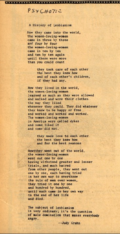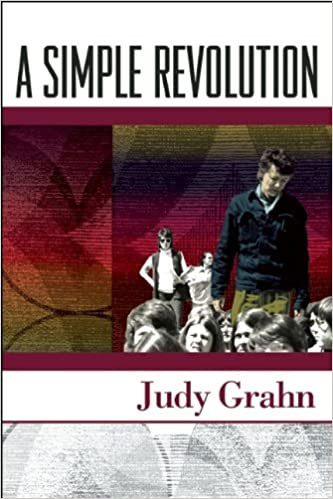Poet and activist Judy Grahn (b. 1940) helped found Gay Women’s Liberation in 1969. At age 20, she joined the Air Force because she was “starving,” but was “dishonorably discharged for homosexuality.” In her interview with NPR, she refers to this experience as what radicalized her. After participating in D.C. Mattachine Society, she and her partner moved to SF in 1968. They organized with the SFSU Third World Strike, Black Panther Party, and People’s Park.
In my research, it was extremely difficult to find information about Gay Women’s Liberation (GWL). Even photos are nowhere to be found on Google or in underground publications like Gay Sunshine. Even Grahn’s memoir, which probably contains the most information about GWL, is not available to the public for free. I wanted to provide a historical overview of the group, but primary and secondary evidence is behind the gates of historical societies’ archives. To access them, one must go in person, pay, have a personal recommendation, etc. This outbreak of Coronavirus terminated any possibility to access the archival materials desired.
One of her poems was published in the Women’s Liberation magazine called It Ain’t Me, Babe. She had a complicated, painful relationship with her mother, who was prescribed psychotics throughout Grahn’s young life. Her mother was not psychotic, but a lesbian. Once both mother and daughter came out, their relationship changed based on their individual experiences with sexuality.

The Women’s Press Collective (originally called the Oakland Women’s Press Collective), another foundational entity founded by a group of activist, artistic and multi-cultural dykes, who were also friends, lovers and ex-lovers, occupied the basement of A Woman’s Place Bookstore, publishing and distributing what would become some of the most influential publications of that time by some of the most innovative authors, many of them also members of the collective. Judy Grahn’s Edward the Dyke and Other Poems was the first publication of the Press Collective, illustrated by Wendy Cadden, artist, activist, and lover of Grahn. They were both some of the founders of the collective.
